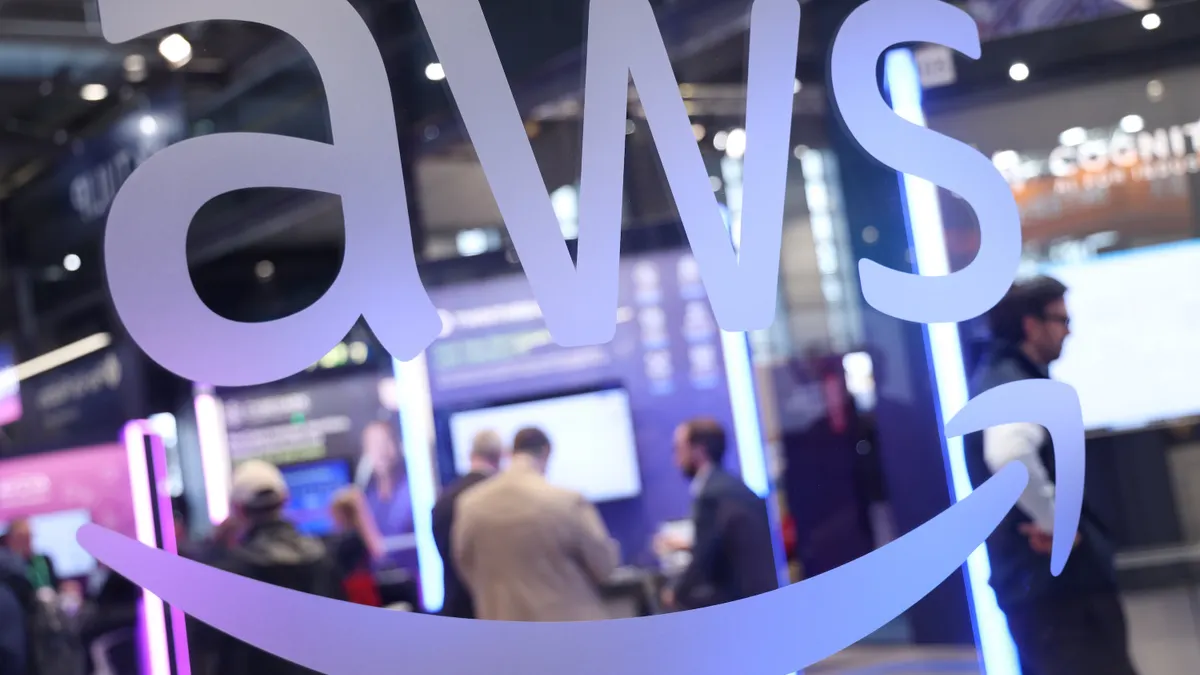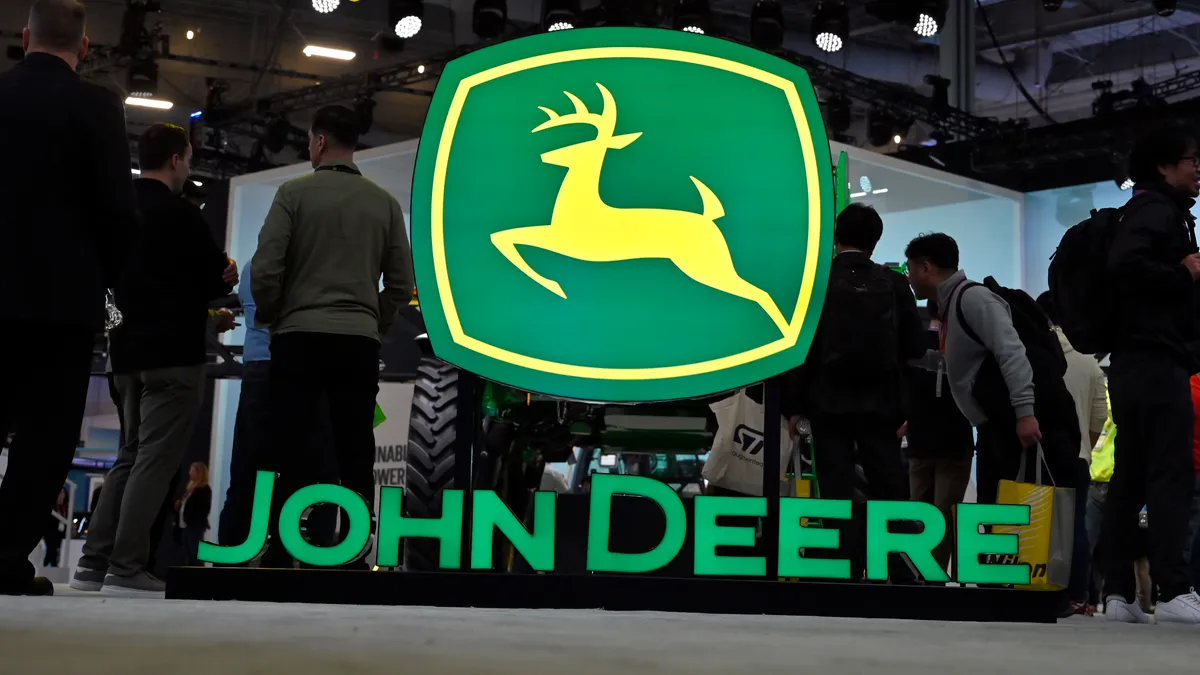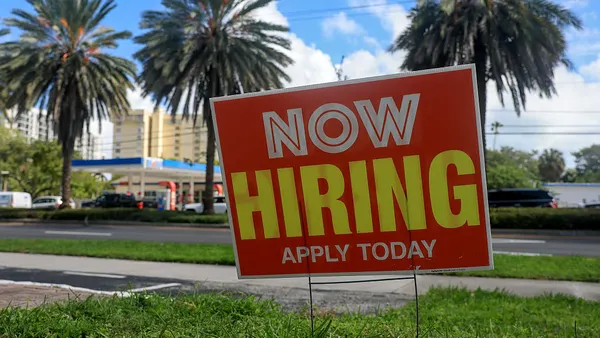Many prominent companies and high-profile organizations brought on new CIOs, CTOs or other heads of technology this year. Some have been settling into the roles for months, while others have barely had time to get their seats warm.
The industry will watch as these 13 prominent leaders come into their own in their new positions — or fail to meet high expectations.
1. Suzette Kuhlow Kent, Federal CIO
Kent came aboard the federal technology team in late January after the Trump administration had spent more than a year without a permanent head of technology, who sits in the Office of Management and Budget. Kent, an EY and Accenture veteran, is faced not only with the natural challenges of technology disruption, but also uncertainty in federal agency CIO leadership, red-tape and federal bureaucracy.
Looking ahead: Transforming and modernizing government IT is a five to 10 year journey that will extend past the current administration, according to Chris Liddell, deputy chief of staff for policy coordination at the White House, speaking at a Washington Post Technology 202 live event in Washington on Thursday.
Less than a year into the job, Kent has a lot of work ahead of her as the Trump administration continues to push for IT modernization, cloud adoption, legacy system maintenance and advanced technologies such as artificial intelligence.
2. Drew Domecq, CIO of DSW Inc.
Domecq joined the footwear retailer in early April after several years of technology leadership in the food industry at Bob Evans Farms, Inc. and Wendy's. Domecq was brought on to help DSW launch its loyalty program, integrate an acquisition and improve the company's digital platforms.
Looking ahead: DSW's executive leadership understands the investment required to launch successful digital transformation efforts: Current CEO Roger Rawlins served as DSW's CIO until 2015. DSW is banking on innovation and a wider portfolio to stay ahead in the competitive retail space, and smooth-running digital platforms and a strong IT core are critical to support these endeavors.
3. Cindy Taibi, CIO of The New York Times
The Times made Taibi its first female CIO in late April. A 37-year veteran of the company, Taibi became responsible for corporate infrastructure, enterprise productivity tools and critical applications and systems. The Times brought on Taibi in the final leg of an 18-month cloud migration and serverless computing project that moved applications and services from data centers to Amazon Web Services and Google Cloud Platform.
Looking ahead: Completing the move to the cloud has offered the Times more elasticity, especially during peak seasons of news coverage. But Taibi still has to reevaluate continuity plans that worked for on-prem systems and ensure process optimization on the new computing architecture.
New productivity tools, such as G Suite and Slack, have improved avenues for sharing and communication. Taibi still has to tackle digital dexterity and audit where tools are being used and what unregulated tools might be brought into the system by employees.
4. Jeff Lemmer, CIO of Ford Motor Company
After serving his time at the company — 31 years — Jeff Lemmer rose to the CIO position at Ford Motor Company at the start of June. As former COO of IT, Lemmer transitioned the company to a product-driven IT organization and led the addition of two new data centers.
Looking ahead: Lemmer was put in charge of a 12 to 15 month endeavor to restructure global IT and begin integrating high tech POCs, such as artificial intelligence, quantum computing and the internet of things.
With technology being steadily integrated into every touch point of a car, the automobile industry is tackling challenges from data collection and processing to smart and autonomous system execution. CIOs are faced with boosting AI, cloud, edge and software capabilities while establishing standards in a cutting edge space — all while having to keep the lights on and the back end running.
5. Stephen Gold, chief technology and digital operations officer of Hudson's Bay
Gold moved from a prominent career at CVS to Hudson's Bay, a retail business group, in July. Gold brought decades of CIO experience to a retail giant grappling with challenges from data breaches to declining in-store sales and store closures.
Looking ahead: Technology disrupted and is now reconstructing the retail industry, and old-school retailers are grappling with blurred lines of commerce, according to eBay CEO Davin Wenig, speaking at the Technology 202 event.
Between dealing with regulators and policymakers, handling data privacy issues and adjusting to the shift in how humans interface with computers — and how AI fits — retail and other executives have a lot to handle, he said.
Gold is working on harnessing data and digital transformation to align the end-to-end customer experience and has created a Center of Excellence in the company that unifies digital and technical departments.
6. Bryson Koehler, CTO of Equifax
Almost a year after discovering suspicious activity that would turn into one of the biggest security debacles of recent years, Equifax brought on Koehler as CTO in June to oversee global IT strategy and development. Koehler builds off CTO experience at IBM Watson, IBM Cloud and The Weather Company.
Looking ahead: As CTO, Koehler is tasked with the integration of analytics, data and artificial intelligence into Equifax's products and services, especially cloud-based technologies. Koehler joined CISO Jamil Farshchi, who was appointed in early February, in bolstering security, reliability and data use to rebuild trust in the company.
7. Gail Evans, chief digital officer of Mercer
Evans moved from the CIO role to CDO in late June, highlighting the imperative of digital transformation in the company. Coming from a long line of big business experience at Microsoft, Hewlett-Packard and Bank of America, she was tasked with employing data, analytics and digital tools to make Mercer more agile as well as establish evaluation metrics for digital efforts.
Looking ahead: More organizations are tapping technology leaders to serve as CDOs. As a more recent category of tech leadership, consensus about what the CDO role entails, especially relative to the CIO, is loose, but CDOs can help make a business more agile, lean and responsive.
After overcoming the initial hump and moving a business from analog to digital, businesses will be able to focus less on transformation and more on investment and disruption. The first CDO of PricewaterhouseCoopers U.S., Joe Atkinson, noted that if he accomplishes what he was put in place to do, he might also be the last CDO for his firm.
8. Jim Fowler, CIO of Nationwide
After 18 years at General Electric, Fowler announced a move to Nationwide in late June to continue former CIO Mike Keller's work to create a modern IT delivery model, with a focus on delivering business transformation programs. While at GE, Fowler was a driving force in the company's industrial cloud development and improving the Predix platform.
Looking ahead: Moving from an industrial company to a commercial one, Fowler has to adjust employing more agile technology that is responsive to mobile users. A 2017 recipient of the Forbes CIO Innovation Award, high expectations undoubtedly surround Fowler to not only meet the bar, but surpass it.
For GE, the company lost an IT strategy force with Fowler's departure and has yet to fill his shoes. Well-documented struggles and leadership shuffles over the last year have created uncertainty around the company's future.
9. Steve George, Global CIO of Ernst & Young
EY announced the appointment of George alongside the addition of Nicola Morini Bianzino as global chief client technology officer and Barbara O'Neill as global CISO in August.
The company also announced $1 billion in investment for technology solutions and client services over the next two years, with focus on cybersecurity, software services, risk management and fintech.
Looking ahead: Internally, the company has looked to automation to save around 2.1 million hours of repetitive tasks in the last fiscal year alone and free up employees to focus on better questions, according to Chief Innovation Officer Jeff Wong, in an interview with CIO Dive.
The Big Four accounting firm is also innovating in hot areas such as artificial intelligence and blockchain to help clients, with a global AI lab that has been looking to integrate AI into every line of business and a blockchain program that, in the last 12 months, has accelerated significantly, he added.
As global CIO, George will be responsible for building up and securing the IT resources to carry out everyday client services as well as drive these key areas of innovation.
10. Mark Schaaf, CTO of Instacart
The grocery delivery service added Schaaf as its first CTO in September with the charge to double the company's engineering team by the end of 2019. Schaaf came on with digital platform and advertising experience from Thumbtack, AdMob and Google's AdWords.
Looking ahead: Like most companies facing rapid growth, Instacart will be tackling challenges of scalability and bandwidth as more customers flock to its platform. With supply chain logistics, efficient routing and e-commerce dynamics at play, Schaaf will have to manage the use of advanced technologies such as AI, ML and data science modeling to keep the company running smoothly.
Joining a new crop of leadership at the company, including product, communications and growth officers, Schaaf will have to help the company fight for market share against major grocery retailers and their delivery arms, including Walmart, Amazon and Target.
11. Mona Breed, CIO of Moody's
Breed kicked off the wave of CIO appointments in October. The former SVP of Infrastructure at Oppenheimer Funds joined Moody's C-suite to oversee global tech infrastructure and programs.
Looking ahead: Technology is transforming the financial and fintech industries, and the credit rating agency is no exception. Shortly after Breed's appointment, Moody's joined some of the biggest names in industry, including Microsoft, Cisco, Walmart and Softbank, in committing to a cross-industry cybersecurity coalition that will fund cyber, data and digital transformation solutions.
12. Jim Scholefield, chief information and digital officer of Merck
Scholefield left Nike in October to join pharmaceutical company Merck in a fused CIO and CDO role. Scholefield served at Nike for three-and-a-half years and at Coca Cola for almost five years.
Looking ahead: Moving into the pharma industry, Scholefield will be working with a stricter supply chain and tight regulatory environment. Merck, along with other pharma companies, is working on continuous manufacturing capabilities, an effort that will demand a lot of attention to regulatory alignment.
Merck isn't the only pharma company seeing new faces. Pfizer, Novartis and GSK have all added new technical leadership in the last few months.
13. Seemantini Godbole, CIO of Lowe's
After announcing the open role in an August earnings call, Lowe's brought in Godbole in November from Target, where she served as senior VP of digital and marketing technology. At Target, Godbole helped re-architect the company's digital platforms, introduce new customer-facing technologies and implement agile methodologies.
Looking ahead: Lowe's had its eyes out for a CIO to build a multiyear plan as the company tries to keep up with Home Depot. Godbole is the latest retail veteran to join the home improvement company's leadership team. She will be responsible for modernizing in-store technology, improving supply chain strategy and contributing to the company's digital evolution.



















